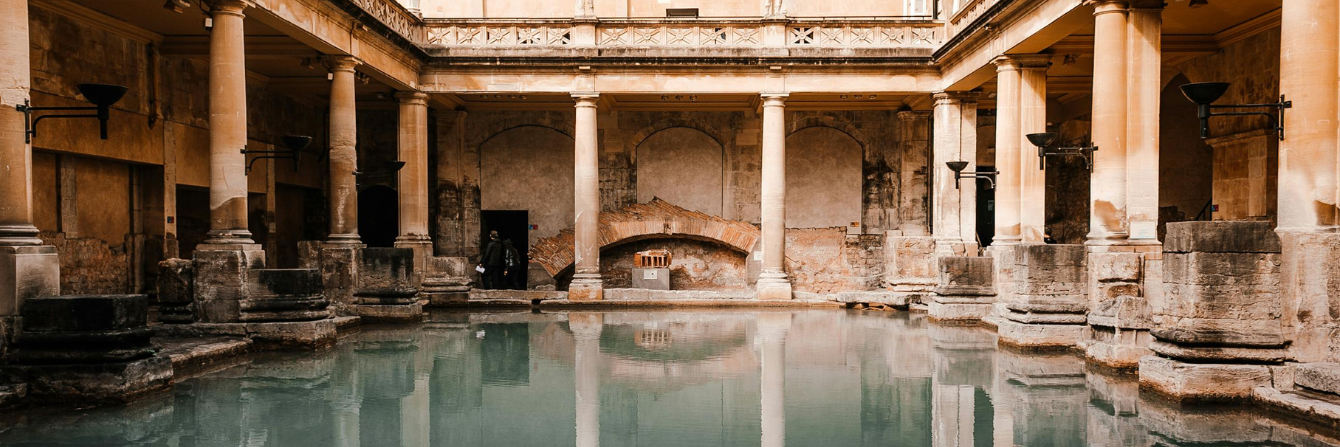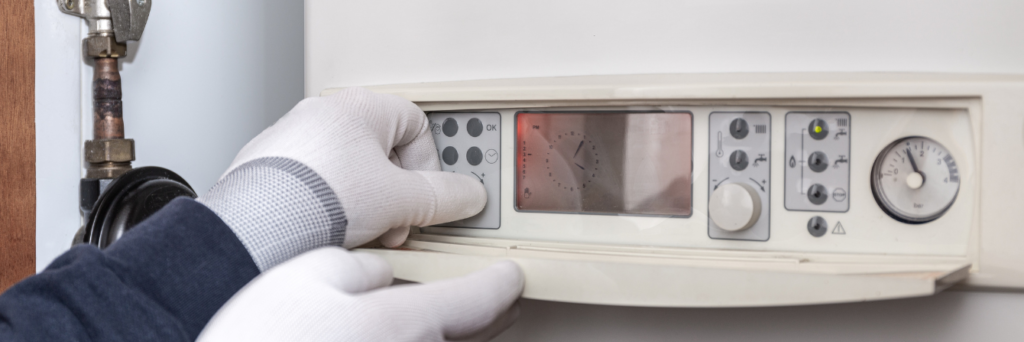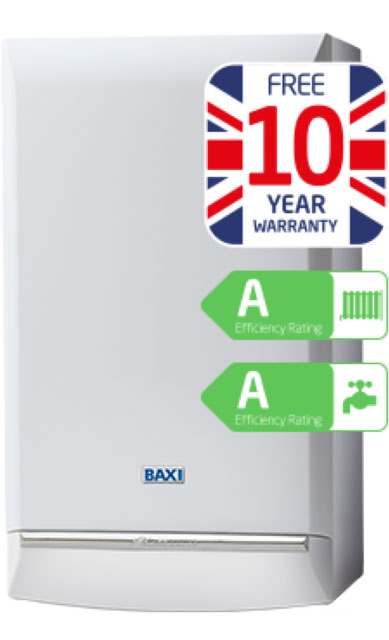Let’s be honest, plumbing isn’t usually a hot dinner party topic. But behind every flush, hot shower, and working tap lies a rich (and occasionally revolting) history that’s shaped how we live today. From ancient aqueducts to Victorian sewer systems and today’s modern boilers, plumbing has evolved in some weird and wonderful ways.
So grab a cuppa (just maybe not while you’re eating), and let’s take a whistle-stop tour through the fascinating, and slightly gross, history of plumbing.
It All Started with the Ancient Civilisations
Long before your local plumber could pop round to fix a leak, the ancient world had already laid the groundwork for water systems.
The Romans: The Original Pipe Dreamers
The Romans weren’t just good at building roads and conquering lands, they were plumbing pioneers. They constructed vast aqueducts to transport clean water across miles into cities, baths, fountains and private homes. In fact, some Roman homes had lead piping and even early versions of flushing toilets. (Fun fact: the word plumber comes from the Latin word plumbum, meaning lead.)
They also had communal public toilets. Sounds civilised, right? Well… these were often bench-style seats with holes and a shared sponge on a stick for wiping. Yep, shared! Hygiene standards were not exactly 2025 ready.
Medieval Times: Not Exactly Sparkling Clean
After the fall of the Roman Empire, plumbing took a bit of a nosedive. Most people were back to basics; literally.
Chamber Pots and Moats
In medieval towns, people used chamber pots, which they’d empty straight out of the window with a cry of “Gardez l’eau!” (Watch out for the water!). Streets ran with waste, and rivers became open sewers.
If you lived in a castle, you had a “garderobe”. Basically a toilet built into the castle wall that let your waste drop straight into the moat. Charming.
So, next time your toilet’s blocked and you’re waiting for a plumber near you, just remember, at least you’re not leaning out of a window with a bucket.
The Tudors and Toilets with a Twist
Fast-forward to the Tudor period, and things started to get a little more… innovative.
Meet the First Flushing Toilet
In 1596, Sir John Harington, godson to Queen Elizabeth I, invented Britain’s first flushing toilet. It used water to flush waste into a cesspit. The Queen tried it, liked it… and then ignored it. It would be another 200 years before the flushing loo caught on.
Victorian Britain: Sewers, Sanitation, and Social Change
Now we’re talking progress, and actual pipework.
The Great Stink of 1858
London in the mid-1800s had a big problem. Raw sewage was still being dumped into the Thames, which just so happened to be the city’s main drinking water supply. Unsurprisingly, outbreaks of cholera, typhoid, and general stinkiness followed.
In 1858, during an unusually hot summer, the smell got so bad that Parliament was suspended. Literally driven out by the stench! This (thankfully) led to a major investment in proper sewers.
Enter Joseph Bazalgette
Civil engineer Joseph Bazalgette designed and built over 1,100 miles of sewers under London, much of which is still in use today. His work not only improved public health but shaped the modern city. A true plumbing legend.
The Rise of Home Plumbing
By the early 20th century, indoor plumbing became more common in homes, although it started as a luxury for the wealthy.
Running Water at Last
In towns like Ripley, Belper and Alfreton, mains water supply systems were gradually introduced during the 19th and early 20th centuries. By the 1950s and 60s, most households had bathrooms with flushing toilets, sinks, and bathtubs, though some rural homes still relied on outside loos.
Indoor plumbing didn’t just make life more convenient, it saved lives, reducing waterborne illnesses and improving hygiene for millions.
Modern Plumbing: Safe, Smart and Sustainable
Today’s plumbing is a far cry from lead pipes and sponge sticks (thankfully).
Boilers That Behave
Central heating and hot water systems are now powered by efficient gas or electric boilers. Regular boiler servicing and installation is essential for keeping your home warm and safe, something we’re proud to offer across Alfreton, Ripley and Belper.
Smarter Water Use
Modern taps, toilets and showers are designed to save water without compromising performance. Dual-flush toilets, eco-friendly showerheads, and water-saving kitchen taps help reduce waste and lower your bills.
Local Plumbers to the Rescue
Unlike the sponge-sharers of ancient Rome, today’s plumbers are qualified, insured professionals (and we bring our own tools, not sponges). Whether it’s a leaking pipe, blocked drain or new bathroom installation, your local plumber is just a phone call away; and definitely won’t dump waste out the window.
Plumbing Fun Facts to Impress (or Horrify) Your Friends
- Thomas Crapper didn’t invent the toilet, but he did improve the design and popularise its use. Yes, his name is real.
- In Japan, some toilets have heated seats, music, and built-in bidets. The future is now.
- The average person uses the toilet around 2,500 times a year. That’s roughly 6–8 trips a day! Your plumbing works hard!
- A dripping tap can waste over 5,000 litres of water a year. Time to get that fixed? We know a guy!
Leeva Plumbing: Keeping Derbyshire Flowing
From ancient history to modern homes, plumbing has come a long way — and here at Leeva Plumbing & Heating, we’re proud to be part of the latest chapter.
We help local households in Alfreton, Ripley, and Belper with everything from:
- General plumbing repairs
- Boiler servicing and installations
- Bathroom and kitchen plumbing
- Radiator repairs
- Heating repairs
So if you’re experiencing anything from a mysterious drip to a full plumbing meltdown, skip the sponge-on-a-stick and call in the professionals.
Call Leeva Plumbing & Heating today on (01773) 749 713
Plumbing: it’s not glamorous, but it’s essential. From Roman bathhouses to smart bathrooms, it’s shaped the way we live, work, and relax at home. So next time you flush, shower or fill the kettle, spare a thought for the long, and occasionally smelly, journey that brought us here.
And if anything goes wrong?
You’ve got a plumber near you who knows exactly what to do.



 Fully Installed Baxi Boiler
Fully Installed Baxi Boiler